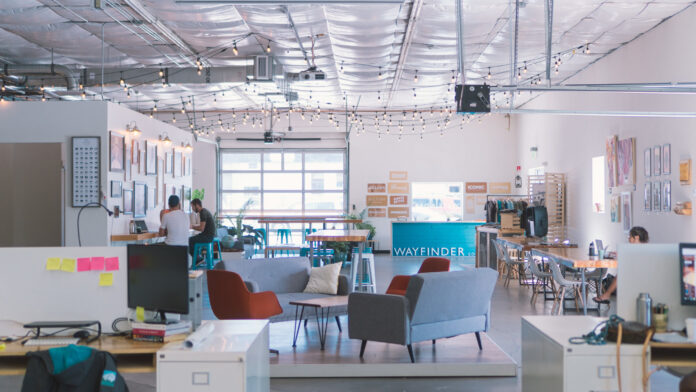Overview
In exploring business models related to coworking, work tourism, social equity, and sustainability, I came across this article on social enterprise and co-operatives. Essentially, by deprioritizing pure profit and encouraging distribution among a community, co-op models fit into communities better, structuring financial distribution. This helps begin to resolve some of the downsides to adaptive reuse and coworking – namely, gentrification and exploitation.
Key Takeaways
- The co-operative business model is one worth considering for any of the applications and service conjectures I think of, since it distributes economic impact
- The co-op model can be extended to social enterprise to levy the possibility of gentrification
Excerpts
- The co-operative and mutual business model offers a panacea to the many failings of mainstream economics and business.
- Rather than chasing profits and ever increasing growth, the co-operative was touted as offering a sustainable alternative that is not focused on the maximisation of profit.
- Any profit generated by the co-operative was to be distributed to members commensurate with the amount of patronage each member provided.
- Some profits were to be set aside for the common good of enhancing member education and welfare.
- The co-operative is not a charity and cannot survive for long if it does not make a profit as a sound and resilient business.
- The co-operative differs from the mainstream investor owned business through its focus on delivering economic and social benefits to its members.




